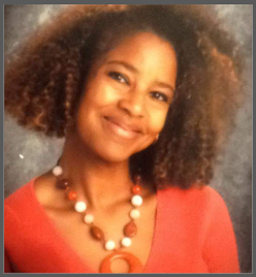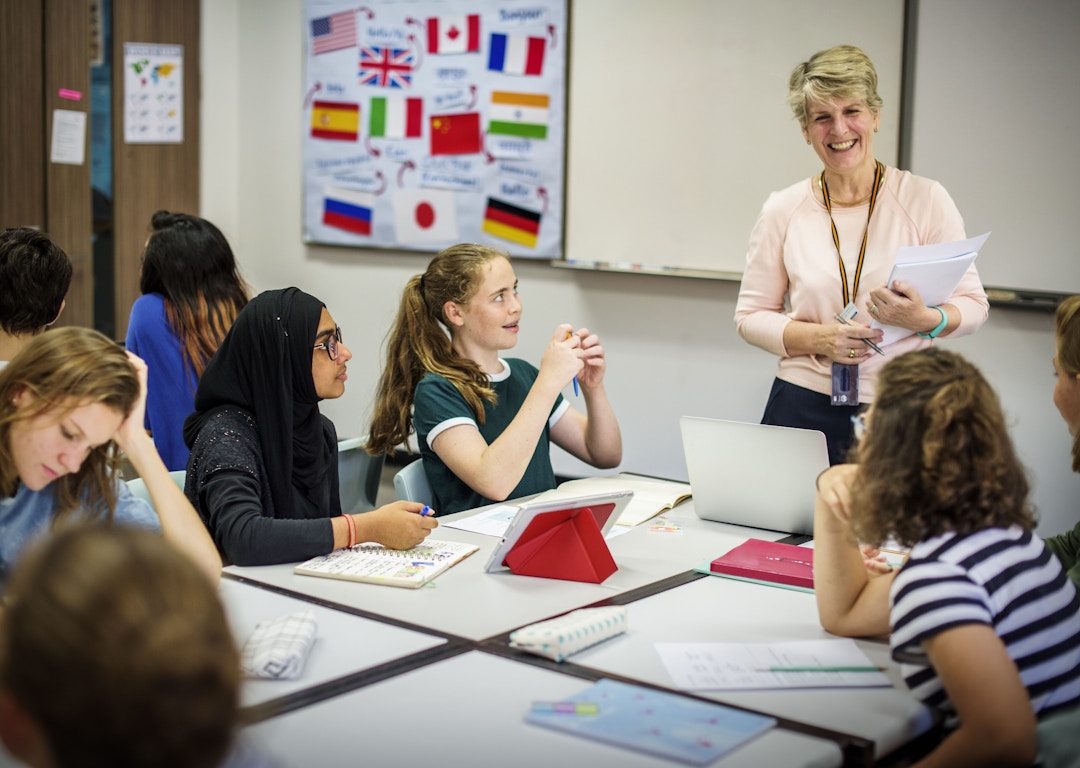Tips for Raising Multilingual Children
April 5, 2024 at 2:00 PM – 7 min readMany families in the world and the United States are headed by adults with proficiency in more than one language. In the U.S. 26% of 5 to 17-year-old children are multilingual, although rates differ by state. (socialsci.libretexts.org) Families are often invested in preserving their culture and language of origin through the younger generations. Arabic, Spanish, Chinese, Tagalog, and Vietnamese are the top 5 second (and in many cases, first) languages spoken by bilinguals in the United States. Caregivers are also aware of the globalization of our society and are eager to raise children who have skills in understanding and speaking in multiple languages.
Parents and caregivers may wonder how to undertake such a seemingly daunting task. What language should I use at home? Is my child confused if they are mixing languages, using words from both languages? Fortunately, there are many options and resources available to families who want to raise bilingual and multilingual children. When an LLN colleague asked her students what advice they had for raising bilingual children, a bilingual student from Ecuador said, “Tell students to never forget where they come from-they should remember their heritage and country of origin, and practice both languages.” Caregivers can incorporate world language acquisition into daily family routines by using some of the strategies below, giving children multiple opportunities to become skilled at both understanding and communicating in the languages they hear.
There are several approaches that families can take to foster bilingualism in their children. Many families use the OPOL (One Person, One Language) approach. In this method, OPOL is exactly how it sounds, each person speaks one language, (usually their most dominant language) to the child. Regardless of who the adult is (a parent, grandparent, other family member, friend, or teacher), it is the same approach: one person, one language. Research conducted by Annick De Houwer who studied more than 2000 families, concluded that 75% of the children brought up with the OPOL approach became bilingual depending on how strictly it was followed. According to his research, the way to ensure that the OPOL method works is to make sure that each person is consistent in speaking with the child in one language. This can pose challenges, including ensuring that the child gets enough exposure to the “minority” language.
Other parents of multilingual children use the approach that centers the heritage language as their home language, also called the MLAH, or Minority Language At Home approach. Professor Francois Grosjean, a specialist in bilingualism, suggests that using the minority language at home is the best method for helping children become bilingual. According to him, “The strategy has a clear advantage in that the weaker language (the home language) will receive much more input than if only one parent uses it as in the one parent - one language strategy. In addition, things will be clear in the child's mind: at home, language X is spoken, and outside the home, it is language Y.”
Regardless of the overall method families choose to use, there are many ways to support and encourage the child’s language acquisition. Learning common phrases and idioms in the target language can be an easy and fun way to add vocabulary to a child’s language repertoire. Aural communication is an essential component of world language acquisition, so it can be helpful to find fun ways for young children to speak the target language in a way that captures their curiosity. For example, caregivers can incorporate complete phrases into the child’s schedule and ask habitual questions in the target language. Every morning when a caregiver wakes the child for school, they can begin a simple conversation, eg “Hello. Good morning.” The following day they can add one new phrase, eg “Hello, Good morning. How are you?” They can repeat these simple introductions to set the tone for the day, starting small, and adding a word or small phrase at the end of the sequence on subsequent days. Families can also encourage multiple language use through play and leisure activities, such as playing games, singing songs, reading stories, and finding resources through technology. Of course, it is crucial to emphasize and incorporate culture into the regular family routine, which highlights the languages’ context and importance. As with any learning in the home, let it happen naturally. Caregivers should avoid pressuring children to study, practice, or learn new words. Families can encourage the child to be the teacher to build confidence. And always use lots of positive reinforcement, so that the experience of learning a language is overall positive and effective.
We are interested in other parents’ experiences and helpful tips to share on the blog. Please feel free to follow LLN www.llnschools.com and post a comment.

Written by Nicole Waters
- April 29, 2024 – 5 min read
Should Language Teachers Focus on Fluency or on Accuracy?
In this article we will explore the complex battle between fluency and accuracy in foreign language pedagogy. Both are foundational pillars within language learning, each bearing its own merits, ...
- February 14, 2024 – 8 min read
Anyone involved in the educational space knows that teaching is challenging, regardless of the students’ age levels. It is for this reason, among others, that many educators work towards their PhD such that they might one day teach adults and thus no longe...




